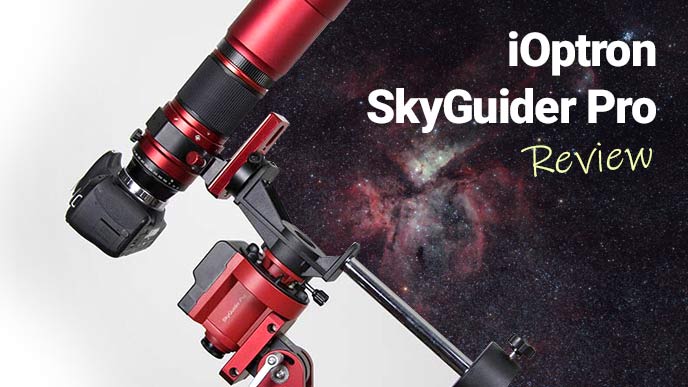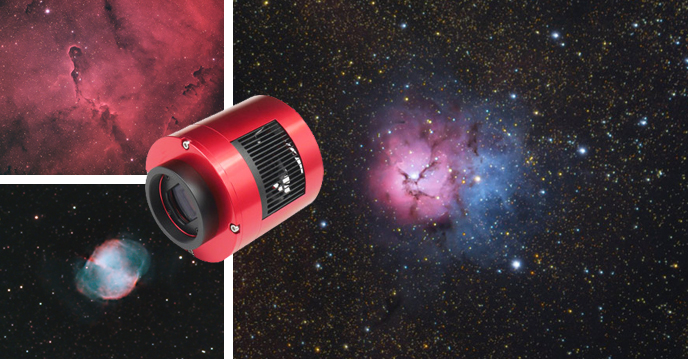5 Visible Planets at Once

I woke up at 5:30 am this morning to attempt to photograph the 5 visible planets at dawn. This astronomical event is rather rare, and will only be possible for about 2 more weeks.
Seeing the 5 brightest planets simultaneously has not been possible since 2005! The first week of February is the absolute best time to see all five planets in the pre-dawn sky.
Mercury is by far the hardest planet to spot because it never strays too far from the sun from our perspective. However, its proximity to Venus and the waning crescent moon makes it much easier to locate this week.

I have to travel to a location about 5 minutes from home with a clear view of the horizon. The unseasonably warm temperatures have made the early-morning trek a little easier to justify this morning.
Unfortunately, the passing clouds covered up Jupiter and Saturn which were much higher in the sky. So instead I focused on the horizon to capture Mercury, Venus, Mars, and the Moon. I stitched 3 photos together to achieve the final photo above.
The quest to photograph these planets has given me a reason to get out very early, and just enjoy nature and witness the rotation of our planet in real-time.
The planets and moon slowly drift across the sky frame by frame, as I gradually see the sky fill with more color, and eventually, watch our star rise above the horizon.
This morning there was even a herd of deer that enjoyed the dance of planets with me. You can see their silhouettes against the yellow street lights in the photo above.
Sky Chart: 5 Bright Planets This Week
The waning crescent moon will make the location of Venus and Mercury obvious. The moon sits alongside Mars on Feb. 1st, Saturn on Feb. 3rd, Venus on Feb. 5th, and Mercury on Feb. 6th in the pre-dawn sky.
February 7th is the best time to see the Solar system’s innermost planet as it rises about 80 minutes before sunrise. Binoculars will help you define the planet.
As it stands right now, I am running out of time to photograph all 5 of the planets in one shot.
Venus will soon disappear below the horizon, and I will be left with 3 out of 5 shots until I get another chance in October 2018!
The good news is, that the weather looks like it may offer up at least one or two more opportunities for me to capture the scene. The thin waning crescent moon will surely add to the beauty of the scene.
See my tips for photographing planets (no matter which camera you’re using). Also, see my article about the Mars Opposition 2020 for a close-up photo of the red planet through my telescope.






